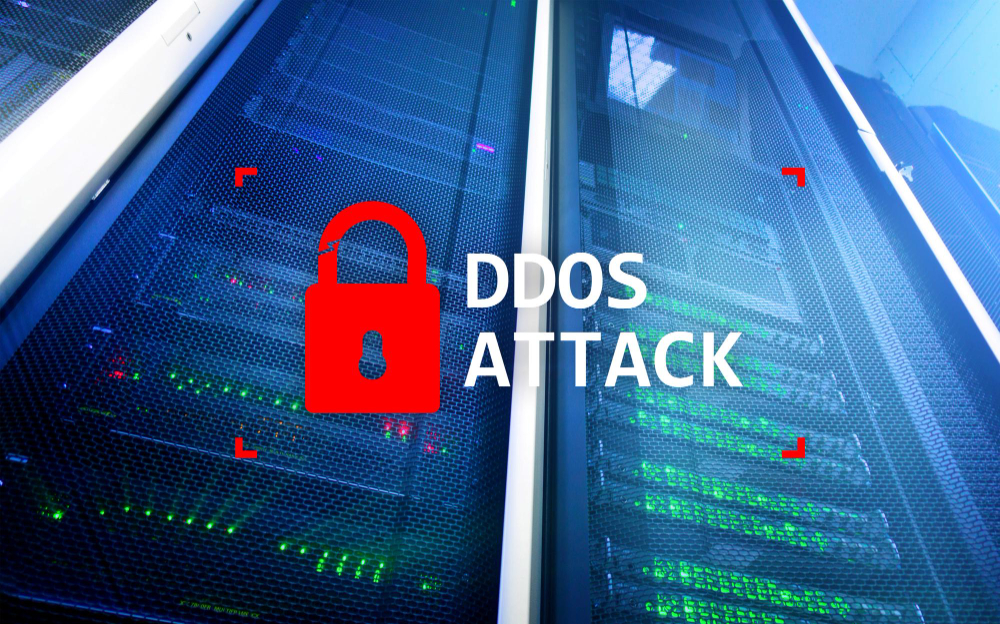Multi extortion ransomware poses a growing threat, targeting companies through multiple strategies to increase ransom demands.
In these ransomware attacks, groups go beyond encryption by adding additional pressure, such as threatening to release sensitive data or launch DDoS attacks, forcing victims to comply. These attackers now employ varied tactics, making it increasingly difficult for organizations to defend and recover.
Read our full explanation of this type of ransomware to learn more about how these groups operate and the prevention measures!
What is Multi Extortion Ransomware?

Multi extortion ransomware is a type of ransomware attack where attackers use multiple forms of pressure to force victims into compliance and pay the ransom.
While a double extortion ransomware attack involves encrypting files and threatening to release sensitive data, multi extortion ransomware can include additional threats like DDoS attacks, data exfiltration, data leaks on the dark web, or direct client contact.
These tactics are employed by ransomware groups or ransomware gangs that exploit cybersecurity vulnerabilities. This makes it far more dangerous than previous forms of extortion ransomware attacks, which are double and triple extortion ransomware attacks.
Four New Multi Extortion Methods

Ransomware attackers constantly evolve their methods to launch attacks to become more sophisticated and increase success.
Here are four new multi extortion ransomware methods to learn!
DDoS Extortion Attacks
A DDoS attack or Distributed Denial-of-Service overwhelms a business’s network with excessive traffic, causing system outages and disrupting operations. Ransomware gangs use this as leverage, threatening to keep services down until a ransom is paid.
By crippling a company’s online presence, these attacks can have a massive financial and operational impact.
Contacting a Business’s Customers and Partners
In this method, ransomware attackers notify a business’s customers, partners, or stakeholders directly of the breach. The goal is to apply additional pressure by damaging the victim’s reputation and business relationships.
By involving external parties, the attacker creates a ripple effect, causing customers and partners to demand action from the business.
Short Selling Stocks
Ransomware gangs take advantage of financial markets by short-selling a company’s stock before launching the attack. Once the attack is public, the company’s stock price plummets due to the damage to its reputation and operations.
As a result, attackers gain financially from both the ransom and the stock market manipulation. This method makes the attack a cybersecurity threat and a financial crime.
Disrupting Critical Infrastructure Systems
Attackers target essential services such as power grids, healthcare systems, or transportation networks. These systems are important for daily operations, and any disruption can have life-threatening consequences.
The urgency to restore services, especially in sectors like healthcare, often leads to faster ransom payments as organizations face enormous pressure to avoid prolonged outages.
How to Prevent Multiple Extortion Ransomware

As Comparitech reported, the average ransomware attack demanded over $5.2 million (or £4.1 million) in the first half of 2024.
This hefty number highlights the importance of proper prevention measures to protect your data and financial situation.
Here are several ransomware protection options to prevent this attack:
Use Security Software
In cases of multi extortion ransomware, Security software, such as antivirus and anti-malware tools, act as a first line of defense. These programs scan for malicious activities, block suspicious files, and prevent unauthorized access.
Put Backups in an External Hard Drive or Offline Network
Separate offline backups are essential for recovery after a ransomware attack. Attackers often target backups during double extortion ransomware attacks, encrypting or deleting them to prevent data restoration.
Do Regular Updates
Regular updates are crucial for closing security gaps that threat actors exploit in extortion ransomware attacks. Keeping your software, operating systems, and security tools up to date reduces the risk of ransomware gangs exploiting outdated systems.
It’s a simple but effective best practice that significantly mitigates cyber threats.
Ensure You Have a Contingency Plan
A contingency plan prepares your organization to respond effectively to a multi extortion ransomware attack. This plan should include an incident response plan, backup strategies, and communication protocols in case of a breach.
Simulating various attack scenarios is important to ensure your business can continue operating even under attack.
Educate Your Employees
Employee awareness about attack surfaces and attack vectors is a critical layer of defense against extortion techniques.
Educate them that phishing emails are one of the most common multi extortion ransomware methods attackers use to gain initial access to a network.
In addition, train employees to recognize these attack vectors:
- Phishing attempts
- Suspicious links
- Email attachments
- Other malicious behaviors
Proper employee education can prevent costly multi extortion ransomware threats and ransom demands.
Frequently Asked Questions
What is ransomware and extortion?
Ransomware is malware that encrypts data, demanding payment to restore access. Meanwhile, extortion in ransomware attacks involves threats to leak or sell stolen data if the ransom is not paid.
What is the triple extortion method?
Triple extortion ransomware adds another layer to traditional attacks. In addition to encrypting data and threatening to leak it, attackers demand payment from third parties like business partners or customers in the triple extortion attack.
What is an example of double extortion ransomware?
An example of double extortion ransomware is when attackers encrypt data and threaten to publish exfiltrated information if the victim does not pay a ransom.
Conclusion
Multi extortion ransomware poses a significant threat with its evolving extortion techniques. How can businesses defend against these extortion ransomware attacks? The key lies in ransomware protection strategies like backups, security software, and employee training.
As multi extortion tactics increase pressure on the victim, having an effective extortion ransomware incident response plan is essential.
To learn more about preventing ransomware extortion and protecting your organization’s sensitive information from cybercriminals, contact Fluxgate for expert help.
